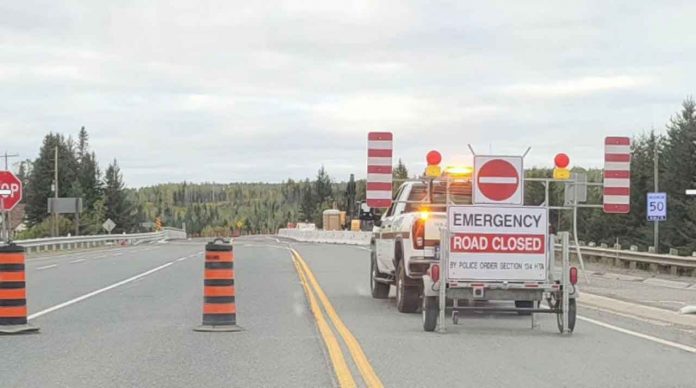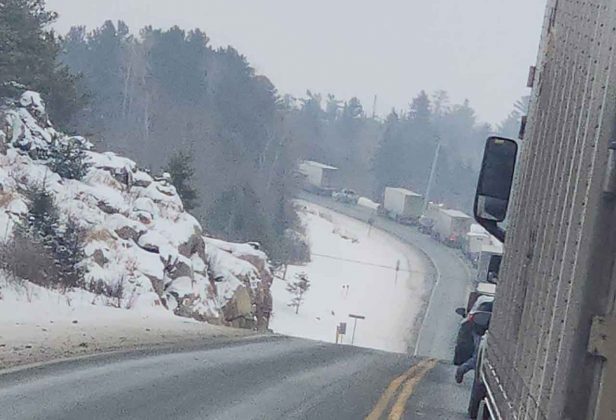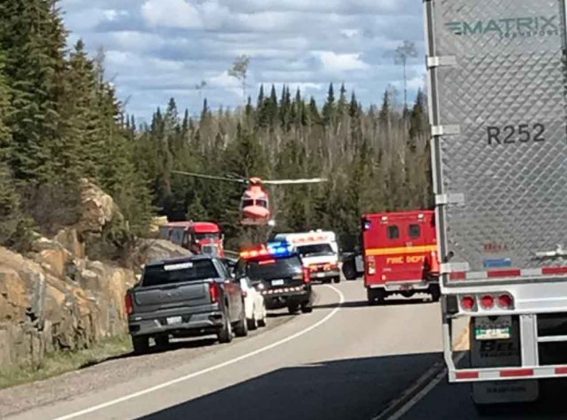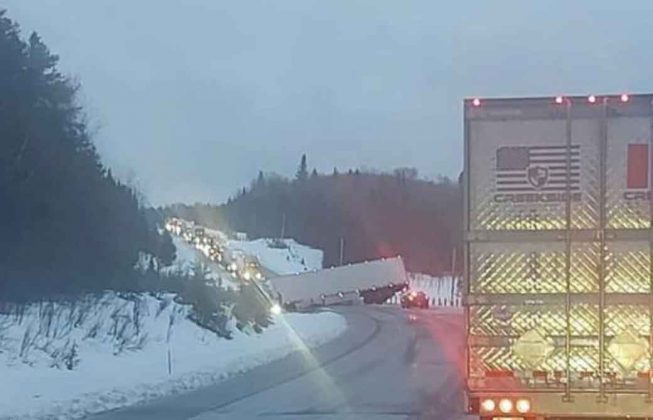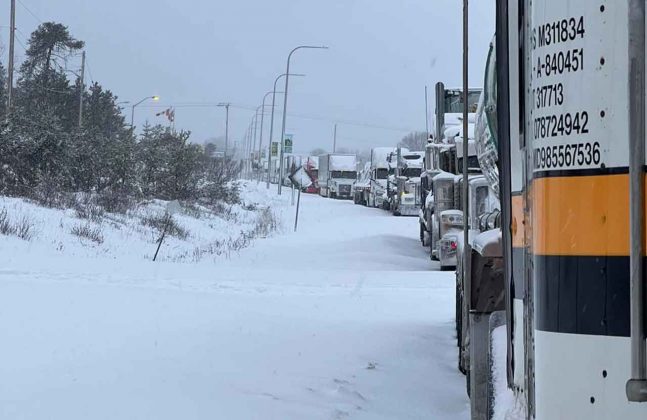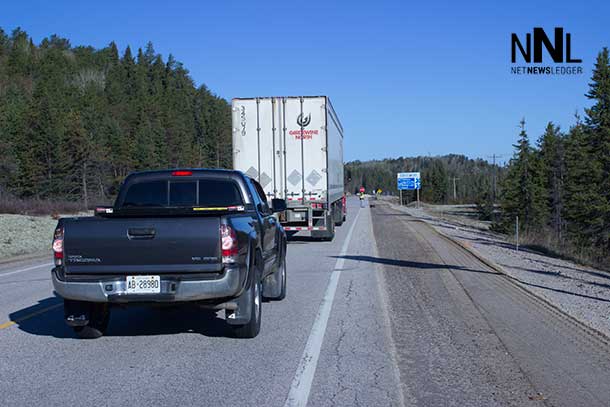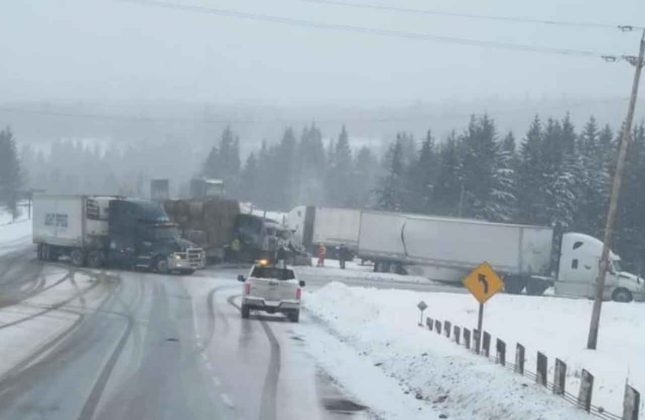The Vulnerability of Northwestern Ontario’s Trans-Canada Highway: An Isolated Transportation Corridor
THUNDER BAY – ANALYSIS – The Trans-Canada Highway, also known as Highway 17 in Northwestern Ontario, serves as a lifeline for transportation in Canada. Stretching from Thunder Bay to Kenora, this critical route is not fully twinned and faces significant challenges. The recent tragedy on September 17th, where a motor vehicle collision led to a almost 24-hour highway closure, highlights the urgent need for real solutions to ensure uninterrupted travel on this remote stretch of road.
Northwestern Ontario’s section of the Trans-Canada Highway is isolated and lacks effective alternate routes. A closure in this region can result in the disruption of vital transportation links, affecting not only local communities but also national connectivity.
In 2023, it is time to reevaluate the planning, rethink the over 60 years of talking, and start taking real action. There have been some positive steps, the stretch of Highway 17 from the Manitoba / Ontario provincial boundary is getting much needed attention.
The cost in terms of economics, human lives and public safety should spur municipal, provincial and federal governments to action. The Northern Ontario Municipal Association (NOMA) should be making this a priority.

A National Disgrace – Trans-Canada Highway in Northwestern Ontario
NetNewsLedger has written numerous editorials on this topic for years.
On January 10, 2022 we wrote: Trans-Canada Highway – Canada’s National Disgrace.
We said then: “For almost sixty years, the political discussion on Highways across our region have been a long series of promises to twin Highway 17 across Northern Ontario. While there have been improvements, and sections of the highway have been twinned, this winter the number of highway closures seems far greater than previous winters.
“The Trans-Canada Highway through Northern Ontario is one of the weakest links of our National Highway Network in Canada. Whenever the highway is closed due to weather or an accident, Canada by road is a broken country.”
We remain a broken country.
Safety Concerns and Tragic Consequences
The recent motor vehicle collision between two commercial vehicles near Shabaqua Corner, resulting in two fatalities, is a stark reminder of the safety risks that exist on this highway. Such incidents can have devastating consequences for both travellers and the economy. The efforts really require a twinned highway across the region. This should be a major effort at the federal and provincial level. The impact of these continued fatalities are reason enough.
Real Solutions for Highway Resilience
Full Twinning of Critical Sections
To address the vulnerability of the Trans-Canada Highway, one of the most crucial steps is the full twinning of critical sections, especially those prone to accidents and closures. This would provide safer overtaking opportunities and reduce the likelihood of collisions.
Investment in Advanced Traffic Management Systems
The implementation of advanced traffic management systems can significantly enhance highway safety and reduce closures. Real-time monitoring, automated traffic diversion, and rapid response to incidents can help minimize the impact of accidents.
Improved Winter Maintenance
Given Northwestern Ontario’s harsh winters, investing in better winter maintenance is essential. Equipping the highway with state-of-the-art snow-clearing equipment and proactive de-icing measures can keep the road open even in challenging weather conditions.
Community Engagement and Public Awareness
Encouraging Safe Driving Practices
Raising public awareness about the importance of safe driving practices, especially on this remote stretch of highway, is vital. Educational campaigns and incentives for responsible driving can contribute to reducing accidents. Ontario should be requiring Commercial Transport Truck drivers to have specialized winter driving training.
Community Involvement
Engaging local communities in highway safety initiatives can foster a sense of ownership and responsibility. Collaboration with indigenous and local governments can lead to innovative solutions and enhanced emergency response capabilities.
Conclusion:
The Trans-Canada Highway in Northwestern Ontario is a crucial artery for transportation, but its vulnerability to closures demands immediate attention. To ensure the highway remains open and travellers are not trapped in remote areas, a multi-faceted approach is needed. This includes full twinning, advanced traffic management systems, improved winter maintenance, community engagement, and public awareness campaigns. With these real solutions in place, we can work towards a safer and more resilient Trans-Canada Highway in this vital region of Canada.

